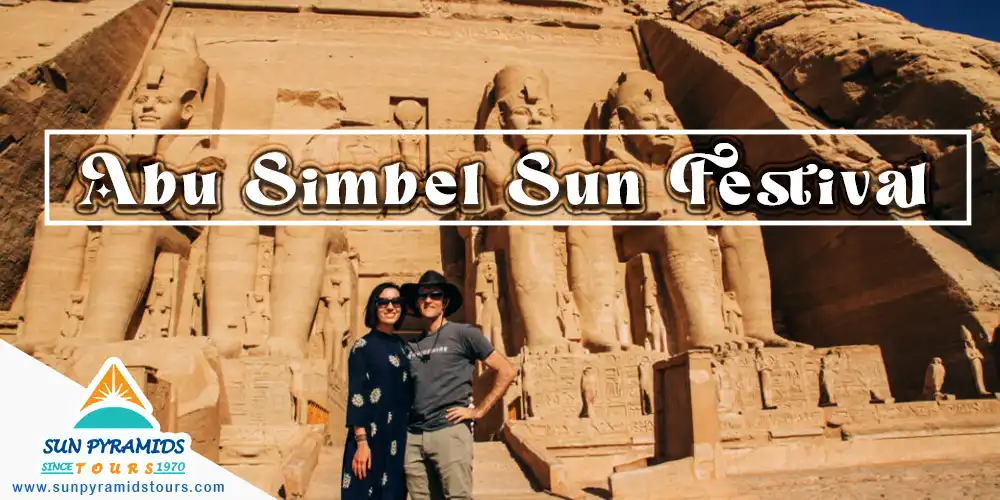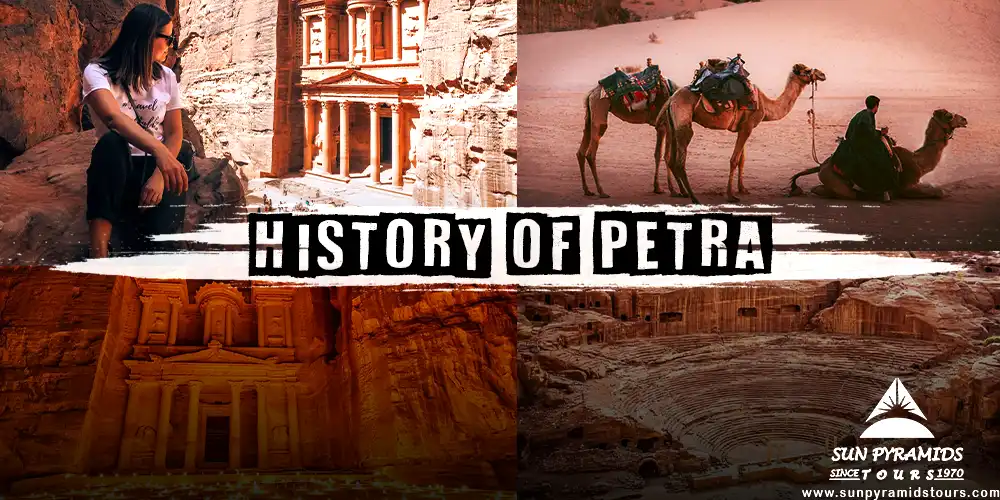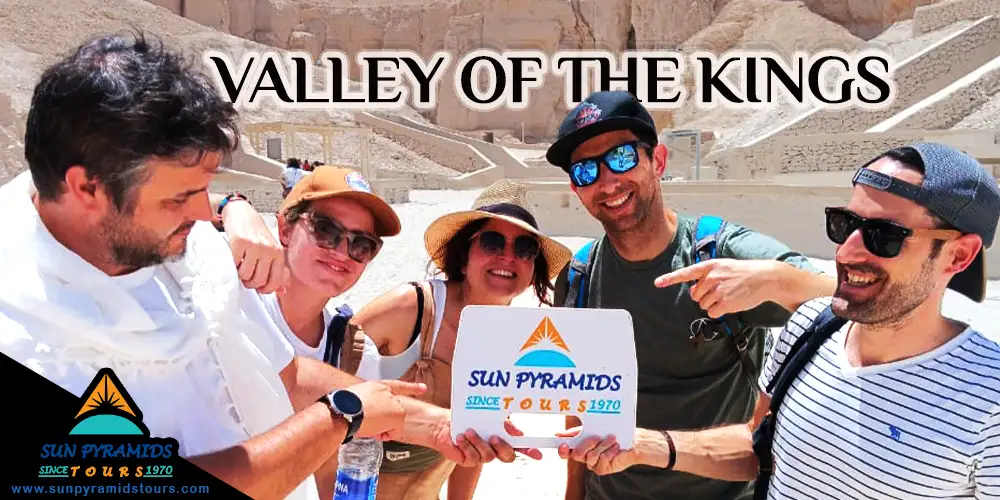24 Dec 2024, 15:03Petra, einst von seinen alten Bewohnern als Raqmu bekannt, ist eine renommierte historische und archäologische Stätte im Süden von Jordanien.Es wird für seine komplizierten steingeschnitzten Strukturen und fortschrittlichen Wassermanagementsysteme gefeiert.Petra ist aufgrund des rosa Farbtons seiner Sandsteinklippen mit dem Spitznamen "Rose City" und ist eine der neuen 7 Wunder der Welt und ist ein UNESCO -Weltkulturerbe.
Die Nabatäer, ein arabischer Nomadenstamm, ließen sich im 4. Jahrhundert vor Christus erstmals in der Region Petra nieder und verwandelte ihn schließlich in der Hauptstadt ihres Königreichs im 2. Jahrhundert v. Chr.Petra gedieh im 1. Jahrhundert n. Chr. Mit bemerkenswerten Konstruktionen wie Al-Khazneh, von denen angenommen wurde, dass sie das Grab des nabatäischen Königs Aretas IV und seine Bevölkerung bis zu 20.000 erreichen.Nach der römischen Annexion von Nabataea im Jahr 106 n. Chr. Wurde die Stadt in das Römische Reich aufgenommen und in Arabien Petraea umbenannt.
Petra blieb bis zu seiner Wiederentdeckung im Jahr 1812 vom Schweizer Entdecker Johann Ludwig Burckhardt vor westlichem Wissen verborgen.Heute ist es nicht nur ein Symbol Jordaniens'S kulturelles Erbe, aber auch das beliebteste Touristenziel des Landes, das 2019 über 1,1 Millionen Besucher anzieht. UNESCO hat Petra als "einen der wertvollsten Schätze der menschlichen Zivilisation gelobt.
Während des Römischen Reiches
Im Jahr 106 n. Chr. Wurden Petra und seine umliegenden Länder unter Gouverneur Cornelius Palma in das Römische Reich aufgenommen und wurden zur Hauptstadt der neuen Provinz Arabia Petraea.Während die nabatäische Dynastie endete, gedieh Petra weiter unter römischer Herrschaft, und die Petra Roman Road wurde gebaut, um ihre Infrastruktur zu verbessern.
Bis zum 3. Jahrhundert erreichte Petra während der Regierungszeit von Kaiser Alexander Severus seinen Höhepunkt, aber möglicherweise aufgrund einer Invasion des Sassanid -Reiches.Der Aufstieg von Palmyra als großer Handelszentrum leitete auch einen Großteil des Handels von Petra ab, obwohl es ein bedeutendes religiöses Zentrum blieb.Epiphanius von Salamis verzeichnete Festivals zu den Gottheiten Khaabou und Dushara.
Das römische Interesse bestand an, mit Inschriften für den in Qasr al-Bint gefundenen Gott, und nabatäische Gräber mit Münzen mit dem Kaiser Septimius Severus'Bild.Petra wurde eine römische Kolonie unter Kaiser Elagabalus, und im späten 3. Jahrhundert wurde das Gebiet in Palaestina Salutaris integriert.Seine Bedeutung ist auf der Madaba Mosaic -Karte von Kaiser Justinian's Regierungszeit festzustellen.
Während der byzantinischen Zeit
Petra verzeichnete einen signifikanten Rückgang während der römischen Herrschaft, hauptsächlich aufgrund der Verschiebung der Handelswege auf See.In 363 n. Chr. Zerstörte ein verheerendes Erdbeben viele Strukturen und beschädigte die entscheidenden Wassersysteme der Stadt stark.Trotzdem blieb Petra als Hauptstadt der byzantinischen Provinz Palaestina III. Und Ausgrabungen aus dieser Zeit entdeckt.Unter ihnen fällt die byzantinische Kirche auf, wo 140 Papyri aus den 530 bis 590er Jahren festgestellt wurden, was darauf hinweist, dass Petra weiter in das 6. Jahrhundert gedeihte.
Die letzte bekannte Erwähnung von byzantinischem Petra erscheint im frühen 7. Jahrhundert in der spirituellen Wiese von John Moschus, wo er eine Anekdote über den Bischof der Stadt, Athenogenes, teilt.Petra verlor schließlich vor 687 n. Chr. Sein Status als Metropolitan Bishopric, als diese Rolle in Areopolis übertragen wurde.Die Stadt fehlt insbesondere in Berichten über die muslimische Eroberung der Levanten und der frühen islamischen historischen Aufzeichnungen.
Während Kreuzfahrer und Mamluks
Während des 12. Jahrhunderts bauten die Kreuzfahrer Befestigungen rund um Petra, einschließlich des bemerkenswerten Alwaeira -Schlosses.Sie mussten jedoch schließlich gezwungen, das Gebiet zu verlassen, was zum allmählichen Verschwinden von Petra aus historischen Karten führte.Zwei zusätzliche Burgen aus der Kreuzfahrerzeit sind bis heute bekannt: Al-Wu'ayra, nördlich von Wadi Musa, und El-Habis, die im Herzen von Petra in der Nähe des Qasr al-Bint positioniert ist.Al-Wu'ayra wurde kurz von lokalen Muslimen und Türken beschlagnahmt, aber die Kreuzfahrer erlangten die Kontrolle, nachdem sie die Olivenhainen der Einheimischen bedroht hatten, was für ihren Lebensunterhalt von wesentlicher Bedeutung war.
Nach der Abreise der Kreuzfahrer schlüpfte Petra bis zu seiner Wiederentdeckung im 19. Jahrhundert in Dunkelheit.Trotz seiner verblassenden Bedeutung weckte Petra im Mittelalter, einschließlich eines Besuchs von Baibars, einem Mamluk -Sultan aus Ägypten, im späten 13. Jahrhundert, eine der wenigen aufgezeichneten Wechselwirkungen mit dem Standort in dieser Zeit.
Die Petra im 19. und 20. Jahrhundert
Im Jahr 1812 war der Schweizer Entdecker Johann Ludwig Burckhardt der erste Europäer, der Petra dokumentierte.Auf Reisen in der Region hörte Burckhardt, fließend Arabisch, Geschichten über eine vergessene Stadt, von der angenommen wurde, dass sie das Grab des Propheten Aaron beherbergte.Fasziniert von diesen Geschichten verkleidete er sich als lokaler und opferte eine Ziege in Aaron'S Grab, um seine Abdeckung aufrechtzuerhalten.Nach nur einem Tag der Erkundung war Burckhardt überzeugt, dass er die alte Stadt Petra wiederentdeckt hatte.
Frühe europäische Erkundungen (1828-1839)
Nach Burckhardt's Entdeckung, französische Entdecker léAuf de Laborde und Louis-Maurice-Adolphe Linant de Bellefonds schuf 1828 die ersten genauen Zeichnungen von Petra. Ein Jahrzehnt später besuchte der schottische Maler David Roberts 1839 Petra und eroberte seine Größe durch Skizzen, die er in seiner renommierten Arbeit The Heilig die Heiligste veröffentlichteLand, Syrien, Idumea, Arabien, Ägypten und Nubien.Diese Darstellungen lenkten Petra in Europa weiter auf.
Künstlerische und fotografische Darstellungen (1868-1909)
1868 besuchte der amerikanische Landschaftsmaler Frederic Edwin Church Petra und produzierte das berühmte Gemälde El KhasnéPetra, die seine Bedeutung in der westlichen Kunst festigt.Später veröffentlichte der Missionar Archibald Forder 1909 Fotos von Petra in National Geographic und erhöhte den Standort weiter's globale Anerkennung.
Frühe Ausgrabungen und Umfragen (1929)
1929 führten ein Team von Archäologen, darunter die britischen Entdecker Agnes Conway und George Horsfield, der palästinensische Experte Tawfiq Canaan, und der dänische Gelehrte Ditlef Nielsen einige der ersten offiziellen Ausgrabungen in Petra.Ihre Bemühungen trugen dazu bei, viele der alten Strukturen aufzudecken und zu bewahren, trotz des Schadens und der Plünderung im Laufe der Jahrhunderte.
Fortsetzung der archäologischen Forschung (1940er-1980er)
Philip Hammond, ein Archäologe der University of Utah, studierte fast 40 Jahre lang Petra.Er untersuchte die lokalen Legenden, einschließlich der Überzeugung, dass Moses den Ort geschaffen hat, indem er einen Stein schlug, um Wasser für die Israeliten zu produzieren.Hammond untersuchte auch die komplizierten Wassersysteme der Stadt, in der Kanäle in den Felsen und Keramikrohren einschnitten waren.
Beduiner Umzug und Tourismusentwicklung (1980er Jahre)
In den 1980er Jahren verlegte die jordanische Regierung die Bewohner von Petra in die nahe gelegene Siedlung von UMM Sayhoun im Rahmen der Bemühungen zur Förderung der Tourismus.Dieser zwei Jahrzehnte überspannende Umzug hat Petra schützen'S ruiniert, während sie den Beduinen ein dauerhafteres Zuhause geben.
Byzantinische Scroll -Entdeckungen (1993)
1993 entdeckten Archäologen eine Sammlung griechischer Schriftrollen aus der byzantinischen Ära in der Nähe des Tempels der geflügelten Löwen in Petra.Diese Schriftrollen, die in einer alten Kirche enthalten sind, bieten wertvolle Einblicke in Petra's Geschichte während der Byzantiner.
Außenaussehen und Layout
Petra liegt neben Jabal al-Madbah in einem von Bergen umgebenen Becken, das Teil des Arabah-Tals zwischen dem Toten Meer und dem Golf von Aqaba ist.Die Nabatäer kontrollierten die Wasserversorgung der Stadt und verwandelten sie in eine künstliche Oase in der Wüste.Trotz der Sturzfluten in der Region bauten sie Dämme, Zisternen und Wasserleitungen, um die Wasserspeicherung während Dürren zu gewährleisten, was zum Wohlstand von Petra beitrug.
Historisch gesehen könnte Petra aus dem Süden in der Nähe von Jabal Haroun zugänglich sein, als die Grabstätte von Aaron oder aus dem nördlichen Plateau.Heute betreten die meisten Besucher aus dem Osten und gehen durch die enge Siq -Schlucht, eine atemberaubende natürliche Passage, die in das Herz der alten Stadt führt.
Hellenistische Architektur von Petra
Petra ist bekannt für seine Architektur im hellenistischen Stil, die sich in der Gestaltung seiner felkern geschnitzten Grabfassaden zeigt.Diese Fassaden spiegeln den Einfluss verschiedener Kulturen wider, die die Nabatäer im Handel begegneten, von denen viele von der griechischen Kultur geprägt waren.Die Gräber verfügen häufig über kleine in den Stein geschnitzte kleine Grabnischen.
Das Finanzministerium ist eines der besten Beispiele für hellenistische Architektur in Petra, die 24 Meter breit und 37 Meter groß sind.Die Fassade umfasst einen gebrochenen Giebel, einen zentralen Tholos und Obelisken mit Zahlen wie Castor und Pollux, Beschützer von Reisenden, die in der Nähe der Basis geschnitzt sind.An der Spitze flankieren zwei Siege eine weibliche Figur, von der angenommen wurde, dass sie Isis-Tyche darstellt und ägyptische und griechische Einflüsse kombiniert.
Ein weiteres bedeutendes Denkmal ist das Kloster, die größte Struktur von Petra mit einer Höhe von 45 Metern und 50 Metern breit.Die Fassade spiegelt das Finanzministerium mit einem gebrochenen Giebel und Tholos wider, enthält jedoch mehr nabatäische Elemente.Es diente während der byzantinischen Ära als christlicher Anbetungsort und bleibt heute ein Pilgerziel.
Der hohe Opferplatz
Der hohe Opferplatz, der sich auf dem Jebel Madbah Mountain befindet, ist einer der bedeutendsten religiösen Stätten von Petra.Der Aufstieg beginnt in der Nähe von Petras Theater, mit einer 800-Schritt-Wanderung zum Gipfel.Diese Seite war historisch mit verschiedenen Ritualen verbunden, einschließlich Trankopfer und Tieropfer.Das jährliche Opfer einer Ziege soll den Propheten Aaron ehren, dessen Grab in Petra ist, was es zu einer heiligen Stätte für Muslime macht.Andere Rituale, wie das Verbrennen von Weihrauch, wurden hier ebenfalls durchgeführt, was zur religiösen Bedeutung der Stätte beitrug.
Die königlichen Gräber
Die königlichen Gräber von Petra zeigen eine nabatäische Interpretation der hellenistischen Architektur, obwohl die Fassaden im Laufe der Zeit verwittert haben.Das Palastgrab, eines der größten, wird als Grabstätte der Könige von Petra angenommen.Angrenzend befindet sich das korinthische Grab, das das hellenistische Design im Finanzministerium widerspiegelt.Zwei weitere bemerkenswerte königliche Gräber sind das Seidengrab mit seinen lebendigen Steinfarben und das Urnengrab, das einen großen Innenhof aufweist und während der Ausbreitung des Christentums 446 n. Chr. In eine Kirche umgewandelt wurde.
Neu entdeckte monumentale Struktur
Im Jahr 2016 entdeckten Archäologen eine massive, bisher unbekannte Struktur außerhalb von Petra unter Verwendung von Satellitenbildern und Drohnen.Die Struktur befindet sich auf rund 150 v. Chr. Als die Nabatäer ihre öffentlichen Bauprojekte begannen, befindet sich die Struktur am Fuße von Jabal An-Nmayr, etwa 0,5 Meilen südlich des Stadtzentrums von Petra.Im Gegensatz zu anderen Gebäuden tritt es nach Osten und hat keine offensichtliche Verbindung zur Stadt selbst.Die Struktur besteht aus einer großen Plattform, 184 x 161 Fuß, mit einer monumentalen Treppe auf der Ostseite.Im Inneren unterstützt eine kleinere Plattform ein bescheidenes Gebäude, 28 x 28 Fuß.Während sein genauer Zweck weiterhin unklar ist, glauben die Forscher, dass die Struktur wahrscheinlich eine zeremonielle Funktion gewährt hat.
Petra ist mehr als nur eine historische Stätte; Es ist eine Reise durch die Zeit, auf der antike Architektur, faszinierende Mythen und atemberaubende Landschaften zusammentreffen. Von der beeindruckenden Schatzkammer bis zum heiligen Opferplatz erzählt jede Ecke von Petra eine einzigartige Geschichte. Mit Sun Pyramids Tours erleben Sie dieses UNESCO-Weltkulturerbe wie nie zuvor, mit fachkundigen Guides, die die reiche Geschichte der Stadt zum Leben erwecken. Verpassen Sie nicht die Gelegenheit, eines der neuen 7 Weltwunder zu erkunden. Buchen Sie noch heute Ihr Petra-Abenteuer mit Sun Pyramids Tours!
Why do I book with Sun Pyramids Tours?
Fachwissen und Erfahrung: Sun Pyramids Tours has a wealth of 53 years of experience in the travel and tourism industry.
Anpassete Reiserouten: Sun Pyramids Tours offers tailored itineraries to suit your preferences. Whether you're interested in historical sites, cultural immersion, or adventure activities, we can design a tour that matches your interests.
Lokale Verbindungen und Insiderzugriff: Sun Pyramids Tours can provide you with unique opportunities and insider access to attractions and experiences that may not be easily accessible to independent travelers.
Problemlose Planung: Sun Pyramids Tours can take the stress out of planning your trip. We handle all the logistics, including accommodations, transportation, and guided tours, at competitive prices… Relax and enjoy your vacation without worrying about the details.
Kundenzufriedenheit: Sun Pyramids Tours prides itself on providing excellent customer service and ensuring customer satisfaction. They strive to meet and exceed your expectations, making your trip enjoyable and memorable. Add trip advisor reviews, Facebook page reviews, etc.
Sicherheit und Sicherheit: Sun Pyramids Tours prioritizes the safety and security of their guests. We work with trusted partners, adhere to safety guidelines, and provide support throughout your journey to ensure a safe and comfortable travel experience.
Ägypten begrüßt die Besucher mit seinem majestätischen Nil, Wüstenlandschaften und dem fruchtbaren Delta sowie seinen bemerkenswerten und beeindruckenden Wahrzeichen.Mit unserem Ägypten -Tour -Pakete, Du'Sie haben die Möglichkeit, die faszinierendsten Wunder des Landes der Pharaonen, einschließlich der Ikonen Giza -Pyramiden Anwesend die große Sphinx Anwesend Abu Simbel, die Karnak -Tempel und vieles mehr.Der Nil Flussist auch die perfekte Kulisse für eine unserer Nilkreuzfahrten, bei der Sie durch die Geschichte segeln können und die großartigen Denkmäler zwischen Luxor und Aswan bewundern.Die Gelegenheit ist hier für Sie genau hier—Don'Ich werde es nicht verpassen, Buchen Sie heute mit uns!
Mehr lesen 


